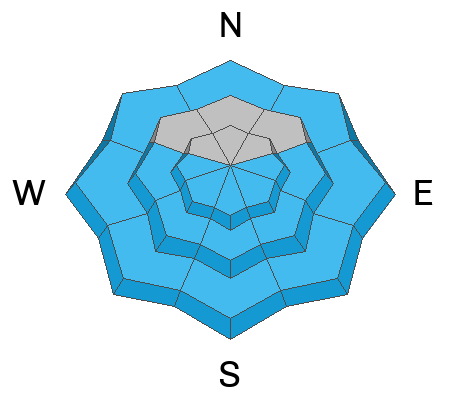Forecast for the Provo Area Mountains

Issued by Trent Meisenheimer on
Sunday morning, April 7, 2024
Sunday morning, April 7, 2024
Today, the avalanche danger is MODERATE across all upper-elevation steep terrain for triggering shallow soft slabs of Wind-Drifted Snow. We also have a MODERATE avalanche danger across all mid and upper-elevation terrain for New Snow avalanches. Here, loose-dry and shallow soft slab avalanches failing within the new storm snow are possible.
The wild card is the strong April sunshine. See the Wet Snow description below.
The wild card is the strong April sunshine. See the Wet Snow description below.

Low
Moderate
Considerable
High
Extreme
Learn how to read the forecast here









